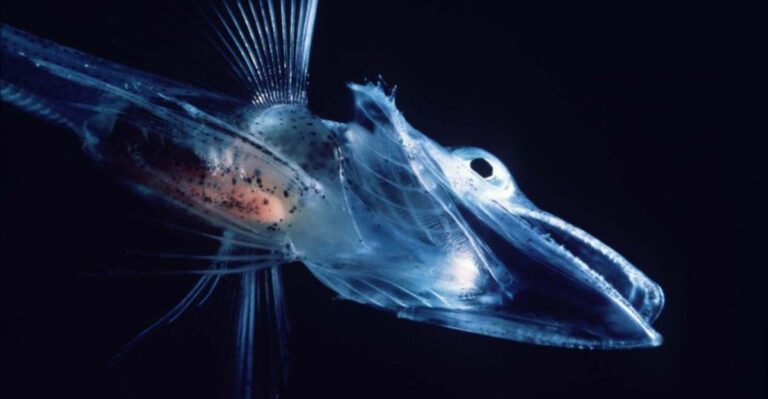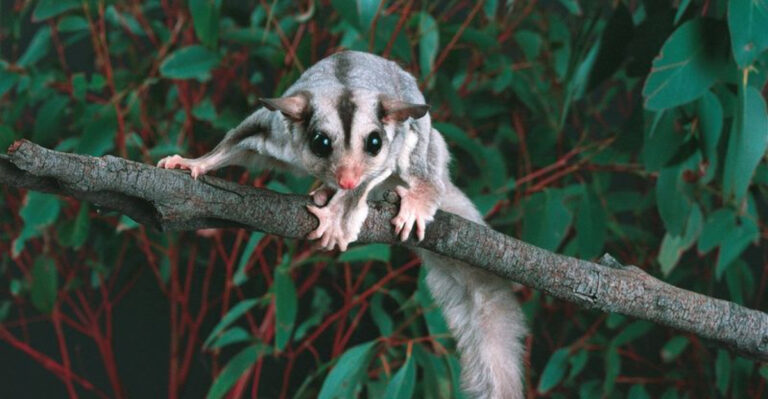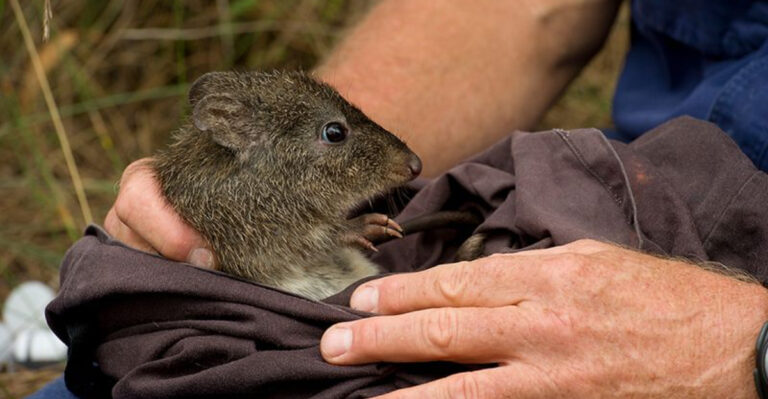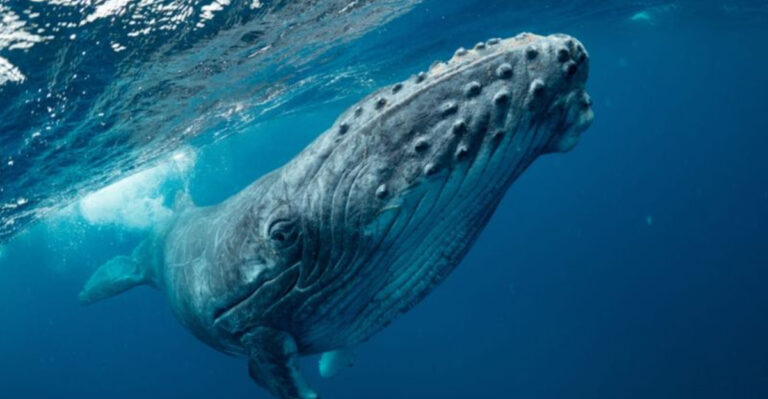A 68 Million-Year-Old Football-Size Egg Found In Antarctica Could Belong To An Ancient Sea Monster
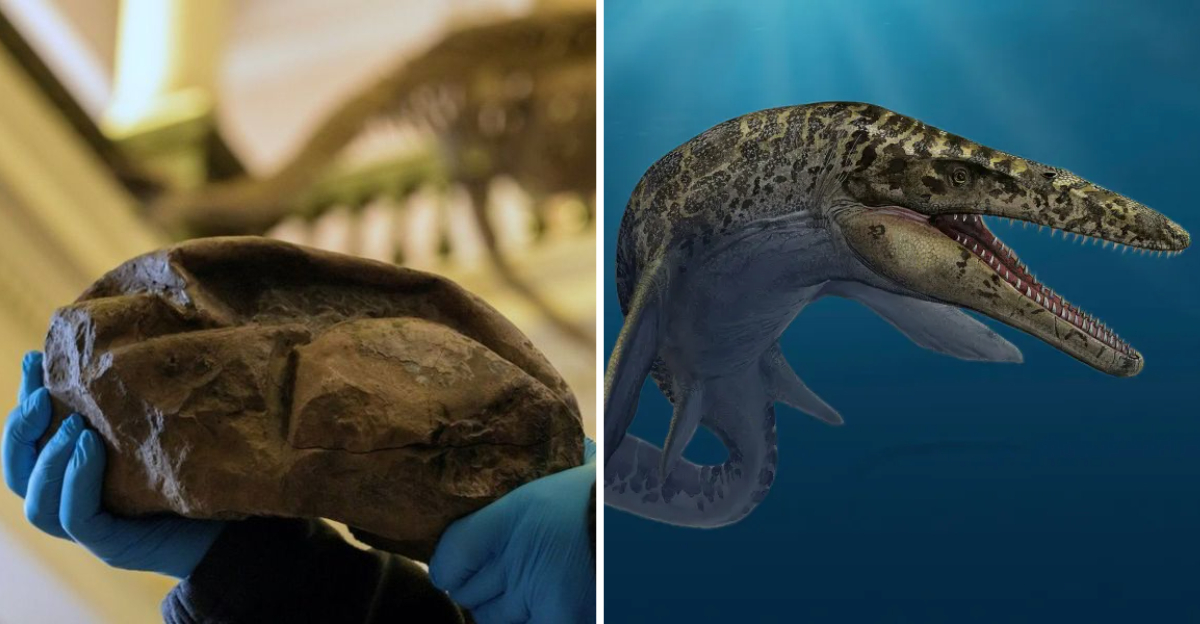
Scientists have made an extraordinary discovery in Antarctica – a fossilized egg the size of a football dating back 68 million years. This massive egg is the largest soft-shelled egg ever recorded and the second-largest egg of any kind found in the fossil record.
Researchers believe it may have been laid by a mosasaur, a fearsome marine reptile that ruled the oceans during the time of dinosaurs. This remarkable find opens a new window into the reproductive biology of these ancient sea monsters.
The Shocking Size Comparison
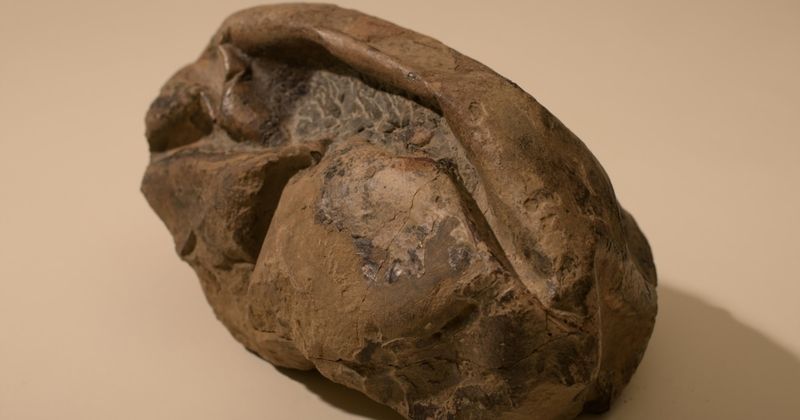
This ancient egg measures roughly 11 inches long and 7 inches wide – comparable to a modern football but far heavier. Most dinosaur eggs discovered previously range from tennis ball to cantaloupe size.
For perspective, the largest known bird egg today comes from the extinct elephant bird, measuring about 13 inches long. But unlike bird eggs, this fossil has a completely different structure.
The sheer magnitude suggests it came from a creature of immense proportions, supporting the mosasaur theory since these marine reptiles could grow up to 50 feet long – the length of a modern city bus!
The Mysterious Mosasaur Connection
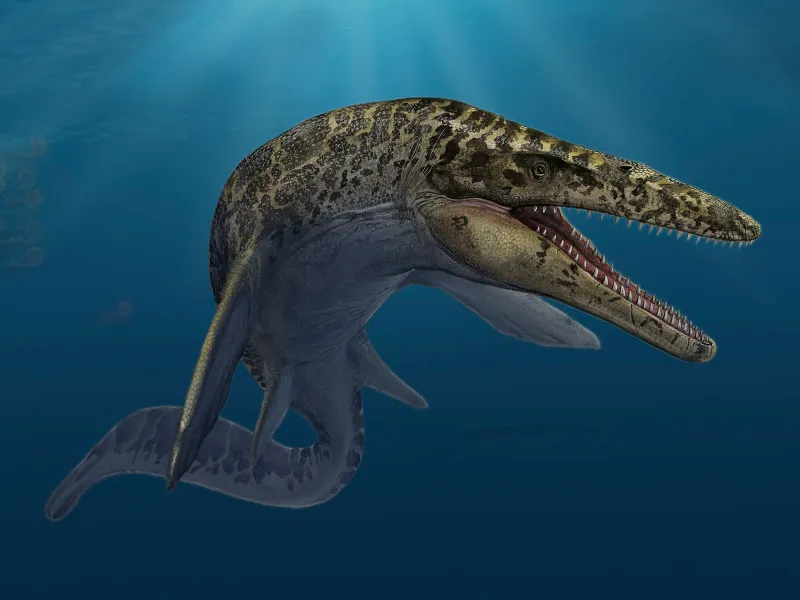
Mosasaurs weren’t dinosaurs but massive marine reptiles related to modern monitor lizards and snakes. These apex predators dominated Late Cretaceous oceans with their powerful jaws lined with razor-sharp teeth.
What makes this egg particularly fascinating is that scientists previously thought mosasaurs gave birth to live young like many marine reptiles today. No mosasaur eggs had ever been discovered before this find.
The egg’s soft, pliable shell – unlike rigid dinosaur eggs – supports the mosasaur theory since it would prevent crushing at deep ocean pressures while allowing oxygen exchange underwater.
The Groundbreaking Dating Technique
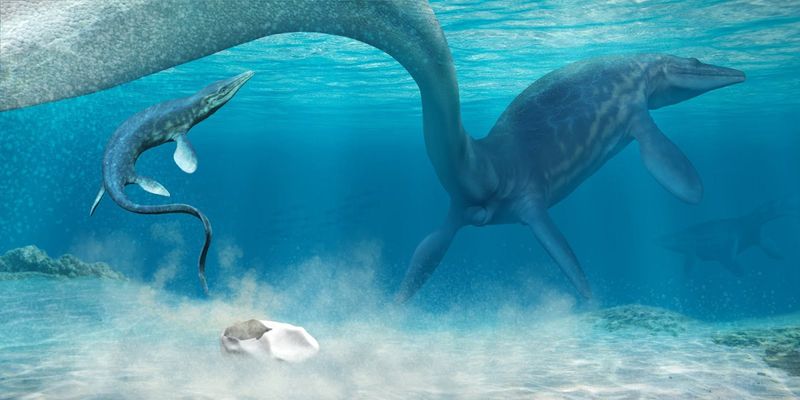
Determining this egg’s age required cutting-edge technology. Scientists used multiple dating methods including biostratigraphy (examining surrounding fossils) and magnetostratigraphy (analyzing magnetic properties in rock layers).
The 68-million-year date places it firmly in the Late Cretaceous period, just before the mass extinction event that wiped out non-avian dinosaurs. During this time, Antarctica wasn’t the frozen continent we know today but a lush, warm environment.
The dating process revealed something even more astonishing – the egg was preserved in marine sediments, suggesting it was laid in open water or very near shore, challenging previous assumptions about ancient reptile nesting behaviors.
The Unusual Shell Structure
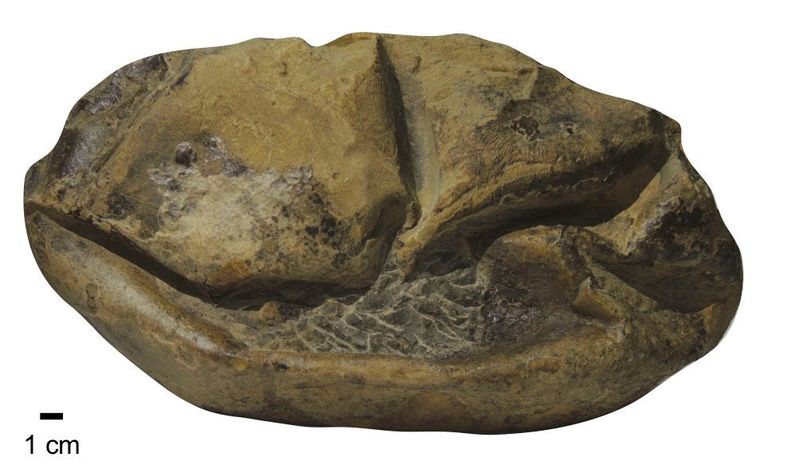
Unlike hard-shelled dinosaur eggs, this specimen has a thin, leathery structure similar to modern snake or lizard eggs. Microscopic analysis revealed it’s only about 0.5mm thick – astonishingly delicate for its enormous size!
The shell contains unique structural layers that would have made it flexible yet strong. These characteristics suggest it was adapted for a semi-aquatic environment, possibly buried in warm sand near water.
Most fascinating is the shell’s porosity pattern, which would have allowed for gas exchange even in low-oxygen conditions. This special adaptation might explain how such a massive egg could successfully incubate in varied environmental conditions.
The Antarctic Expedition Challenge
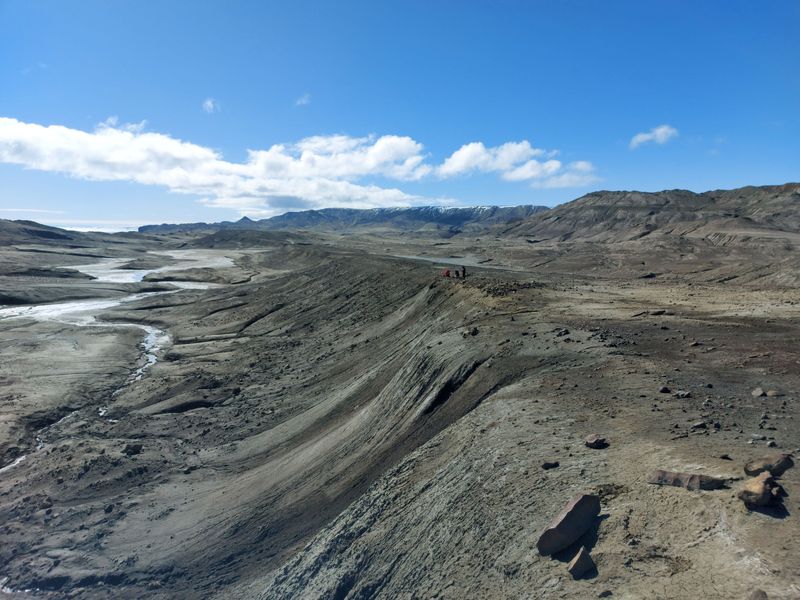
Finding this egg wasn’t a walk in the park. The research team endured brutal Antarctic conditions with temperatures plummeting to -40°F and violent windstorms during their expedition.
The fossil was discovered on Seymour Island, one of the few places on Earth where rocks from this time period are exposed at the surface. Getting equipment to this remote location required multiple helicopter trips and specialized ice-breaking vessels.
What makes this discovery even more remarkable is that the researchers weren’t specifically looking for eggs – they were conducting a broader paleontological survey when they spotted an unusual shape protruding from an eroded hillside. Pure scientific serendipity!
The Revolutionary Preservation Method
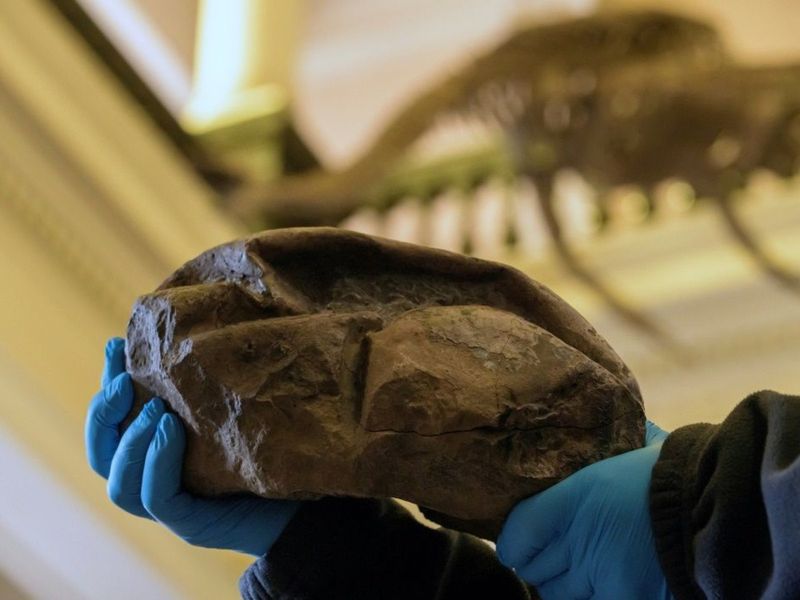
How did such a delicate structure survive for 68 million years? The answer lies in a perfect storm of preservation conditions. The egg was likely buried rapidly in fine sediment, protecting it from scavengers and decomposition.
Antarctica’s eventual cooling created a natural deep freeze, essentially locking the fossil in time. Scientists found traces of original organic material still present – an exceedingly rare occurrence in fossils this ancient.
The preservation is so exceptional that researchers could identify collapsed membranes inside the egg and even microscopic details of the shell structure. These features allowed them to rule out other possibilities like turtle eggs or dinosaur remains.
The Scientific Naming Controversy
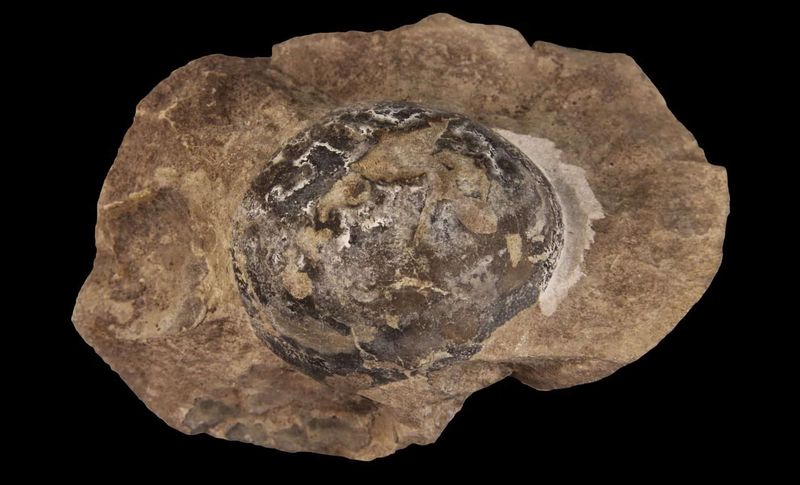
Scientists dubbed this specimen “The Thing” during initial research because they couldn’t immediately identify it. After confirming it was an egg, they gave it the scientific name Antarcticoolithus bradyi – meaning “Antarctic stone egg.”
Not everyone agrees with this classification. Some paleontologists argue it should be named after the suspected parent species (mosasaur), while others believe more evidence is needed before formal naming.
The controversy highlights a fascinating aspect of paleontology – how scientists classify specimens when they don’t have complete information. The naming debate continues in scientific journals, with each new paper bringing fresh perspectives on this extraordinary fossil.
The Ancient Antarctic Ecosystem
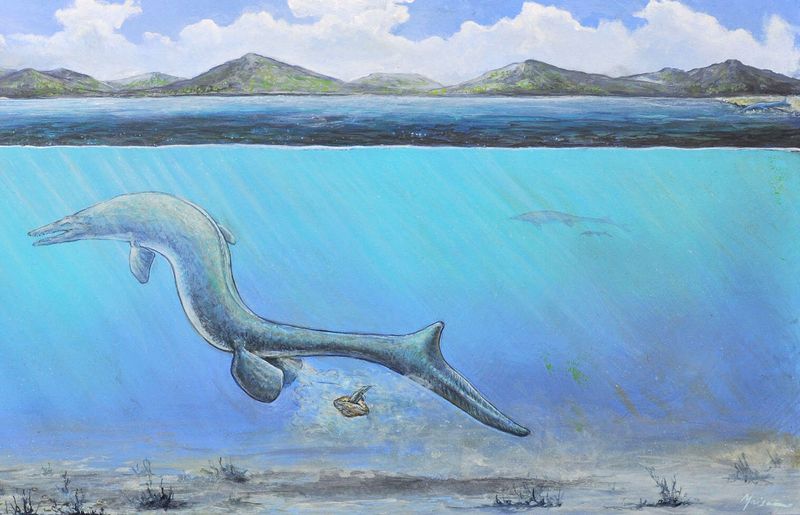
When this egg was laid, Antarctica was a vastly different place. Average temperatures hovered around 60°F with lush forests, rivers, and diverse wildlife. The surrounding seas teemed with prehistoric marine life.
Mosasaurs weren’t the only impressive creatures in these waters. They shared their habitat with plesiosaurs, giant sea turtles, and primitive penguins. The shorelines were home to dinosaurs including hadrosaurs and small carnivores.
This egg provides crucial evidence for reconstructing this lost ecosystem. It suggests large marine reptiles may have returned to shore to lay eggs like modern sea turtles do, creating a vital link between marine and terrestrial environments in this ancient Antarctic world.
The Modern Research Technologies
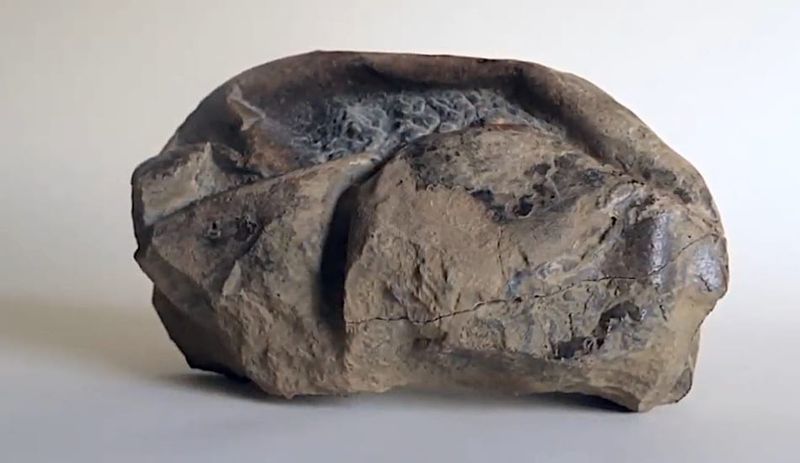
Analyzing this ancient egg required technology that didn’t exist even a decade ago. Researchers used micro-CT scanning to see inside without damaging the specimen, creating detailed 3D models of its internal structure.
Chemical analysis machines detected trace elements in the shell, revealing information about the mother’s diet and environment. Scanning electron microscopy magnified the surface up to 10,000 times, showing cellular details preserved for millions of years.
Perhaps most impressive was the use of polarized light microscopy, which revealed crystalline patterns in the shell structure matching those found in modern reptiles rather than birds or dinosaurs – key evidence pointing to its mosasaur origins.
The Reproductive Evolution Insights
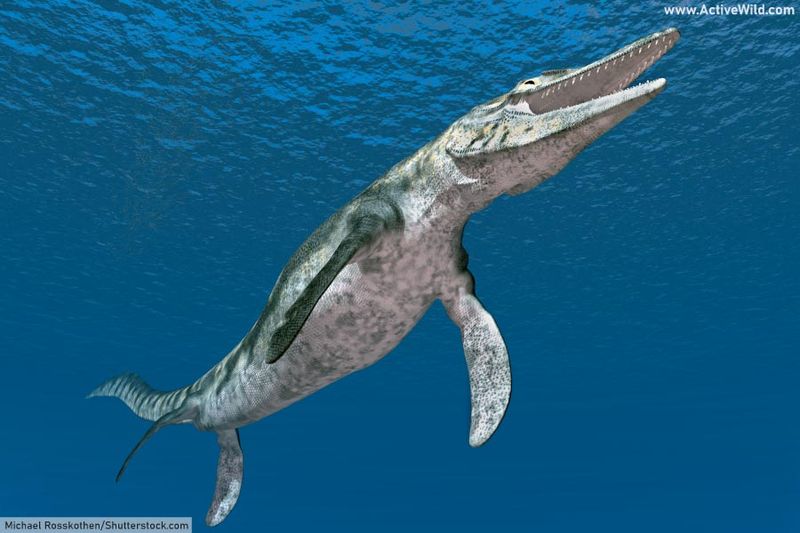
This egg is rewriting textbooks on reptile evolution. Before this discovery, scientists believed that giant marine reptiles like mosasaurs gave birth to live young, similar to today’s whales and dolphins.
Finding an egg challenges this assumption and suggests some marine reptiles may have retained more primitive reproductive strategies despite their aquatic adaptations. It represents a fascinating evolutionary middle ground.
The discovery also raises questions about parental care in these ancient creatures. Did the mother guard her eggs? Were they abandoned? The answers could reshape our understanding of prehistoric animal behavior and the complex evolutionary path that led to modern reptiles.

